Don't wanna be here? Send us removal request.
Text
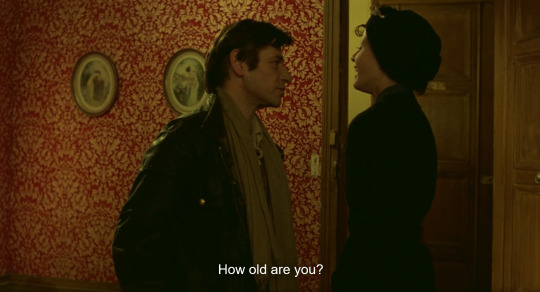
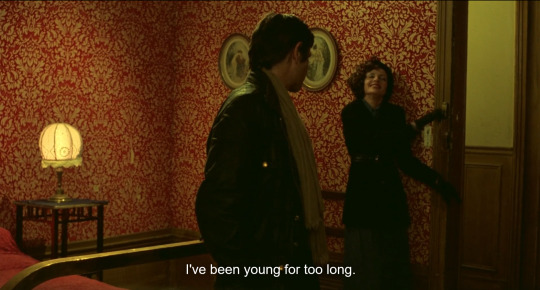
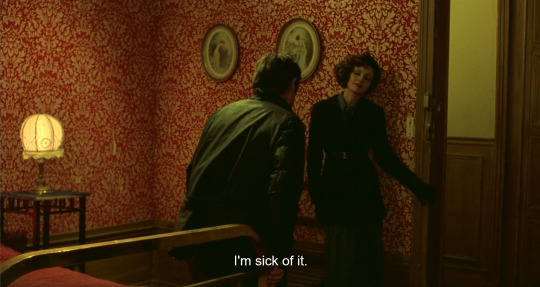
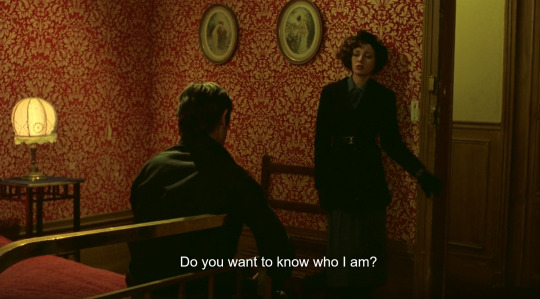
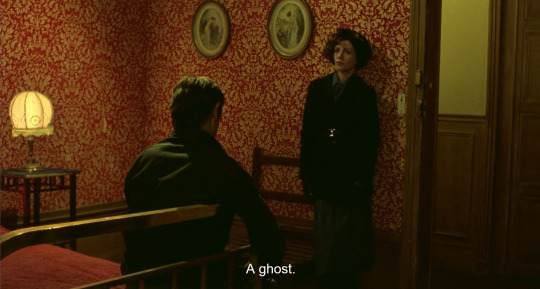

Duelle (Jacques Rivette, 1976).
38 notes
·
View notes
Text
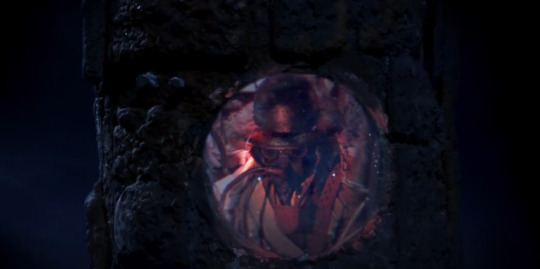

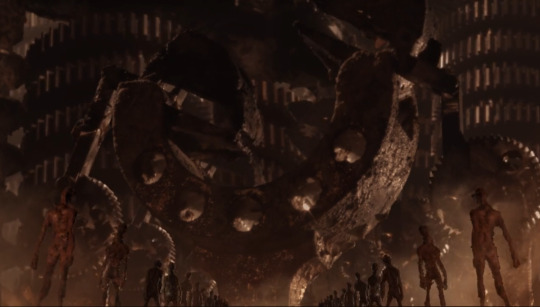
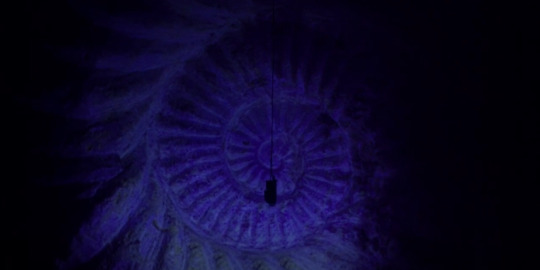

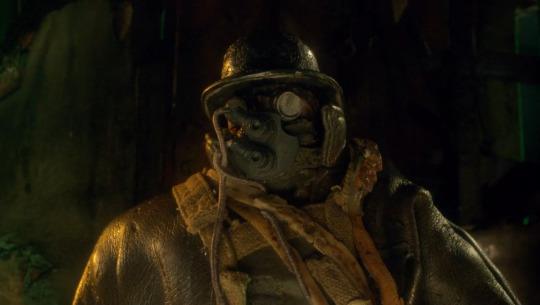
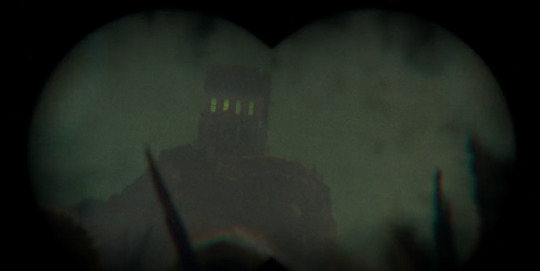
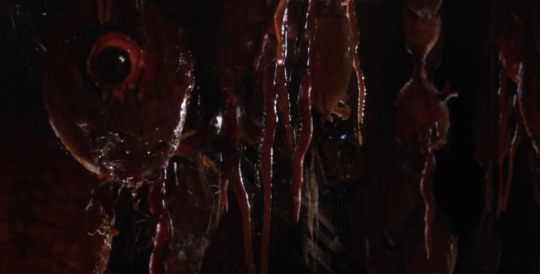
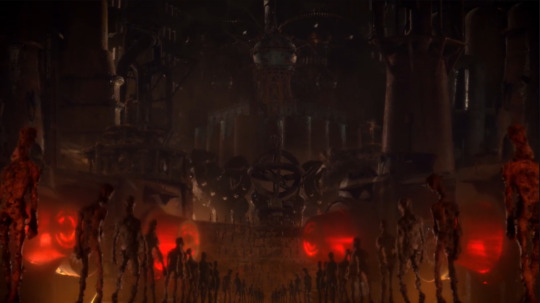
Mad God, 2021
16 notes
·
View notes
Text


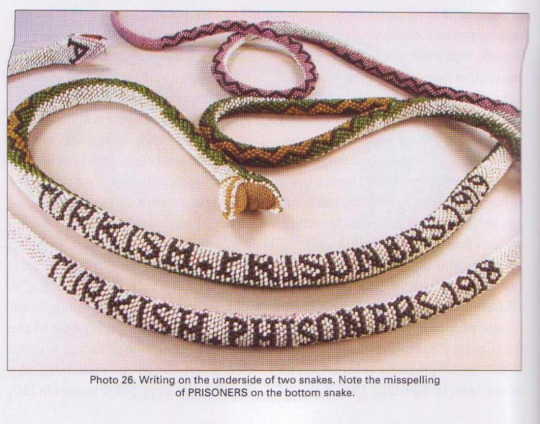

from Bead Crochet Snakes: History and Technique, Adele Rogers Recklies.
1 note
·
View note
Text
vimeo
"
‘Wind Knitting Factory’ is a wind powered knitting machine that is attached to the facade of a building. The blades embrace more than a meter in diameter, and the wind cached by this mill drives the machine. Like this a long scarf gets knitted along the building downwards. When it is windy the machine knits fast and with less wind it knits slowly.
From the top of the façade the knitwear drops down along the front, until a window has been reached. Trough the window the knitwear gets continuously transported inside, where people can see it becoming longer and longer. Occasionally the knitwear gets ‘harvested’ and transformed into scarves. Every scarf gets a label that tells you the time and date on which the wind made the scarf. Currently Merel works as well on upholstered furniture made with wind knitted fabric."
0 notes
Text
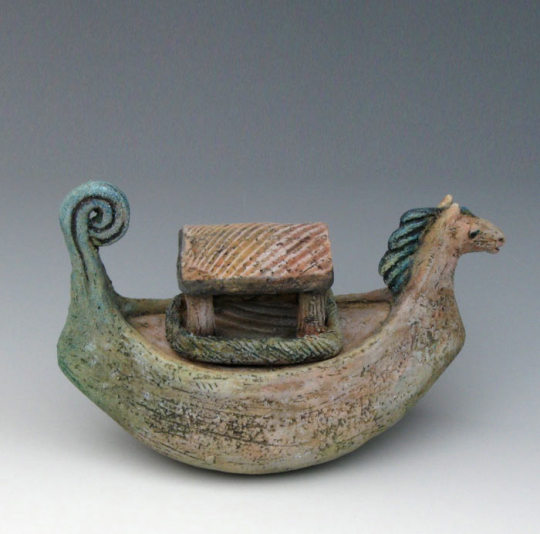
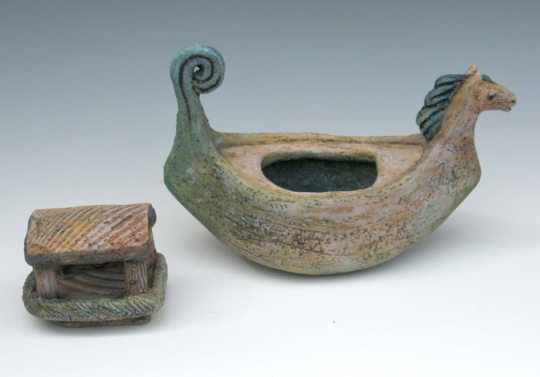

Seahorse boat miniature urn by Janet Lohr.
2 notes
·
View notes
Text

Eishō hyakuchō gafu Kyōto-shi. Unsōdō, Taishō 2, 1913
biodiversitylibrary.org/page/60937246
0 notes
Text
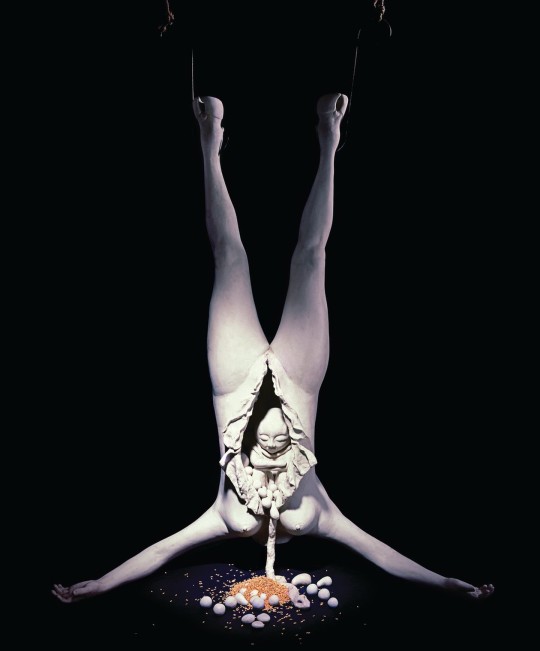

Carcass-Cornucopia by Agnes Arellano. Cold-cast marble, unhulled rice, metal hooks, abaca rope. 1987.
"The female figure is a cast of my body, done in 1987 and exhibited as Carcass-Cornucopia. She was hooved, hung upside down with slaughterhouse hooks, and through the gaping hole of her slashed abdomen, the Serpent and bounty of the Universe split forth. Inside was the Lordling Bulol: from destruction comes new life."
16 notes
·
View notes
Text

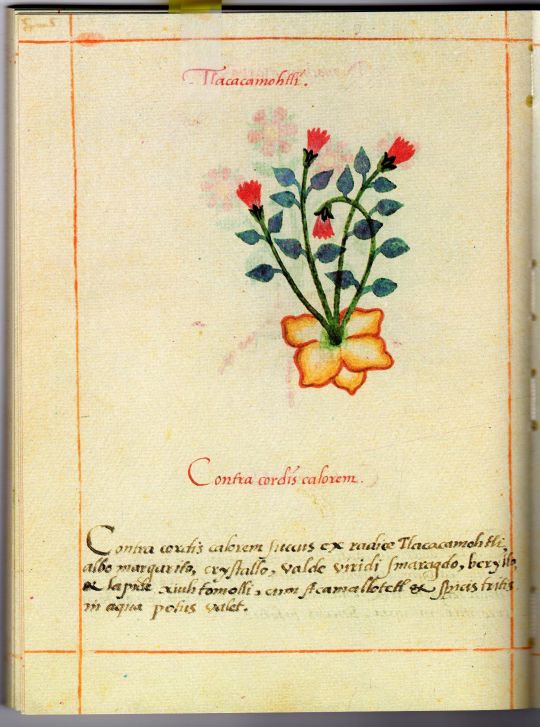
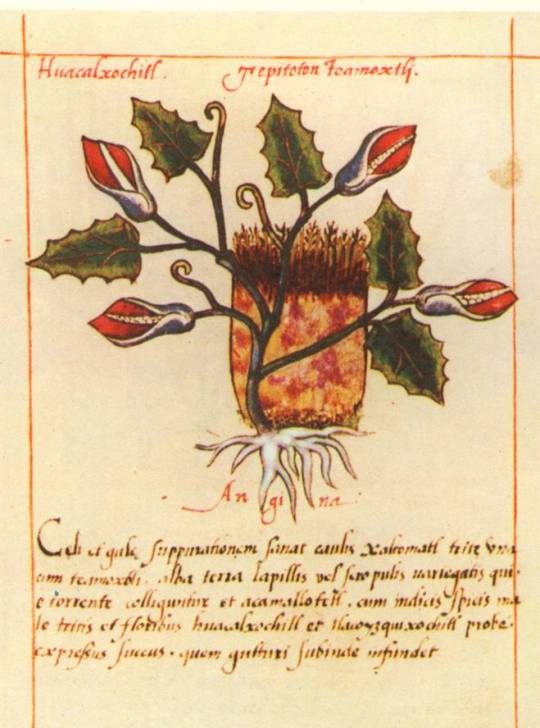

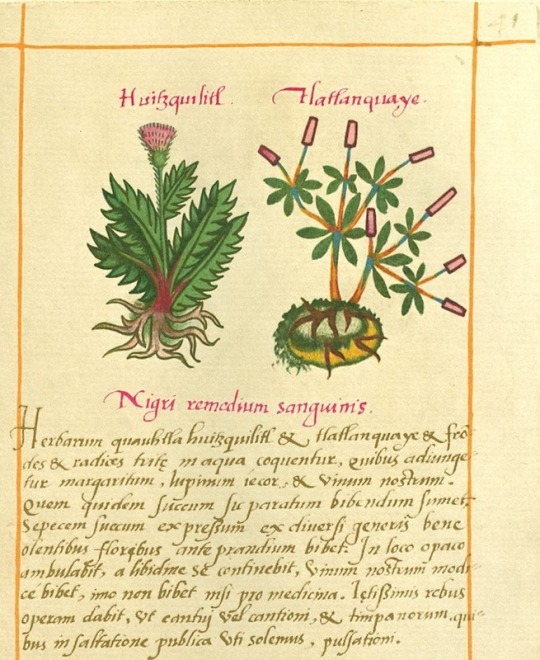
images from the Badianus codex by Martin de la Cruz and Juan Badiano, around 1552.
"The De la Cruz-Badiano Codex is a herbal medicine treatise, written in the year 1552 in the School for Indians of Santiago Tlatelolco, in the early Colonial period. The conception of the book combines both the European and Mexica cosmovision: it contains the descriptions and diagnosis of different illnesses, with the cures, recipes based in the use of Mexican flora, fauna and minerals. [...] The difference between this document and others produced to satisfy the need of understanding the plants of the New World and its uses is that two Indians created and signed it. The manuscript, also named Libellus de medicinalibus indorum herbis (Opuscule of the Indians medicinal herbs), compiles antique indigenous medical practices and depictions of Mexican plants. The authors were Martin de la Cruz, a traditional native physician and Juan Badiano, who translated it to Latin, a professor educated at the College of Santa Cruz for sons of Indian noblemen." (description from this paper).
3 notes
·
View notes
Text
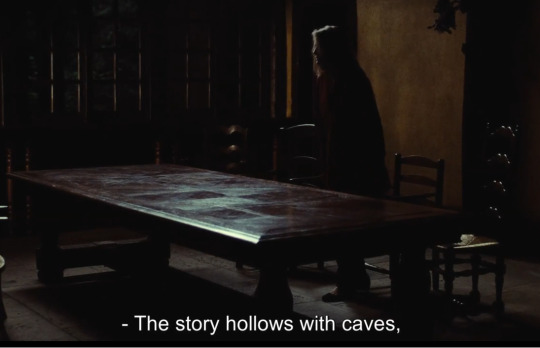


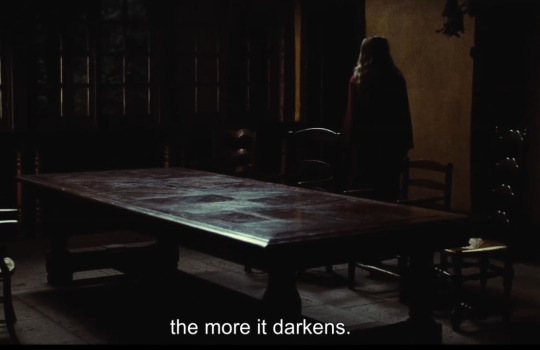
Le navire night (Marguerite Duras,1979).
5 notes
·
View notes
Photo
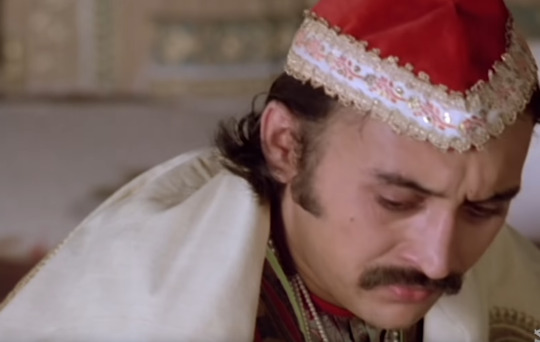

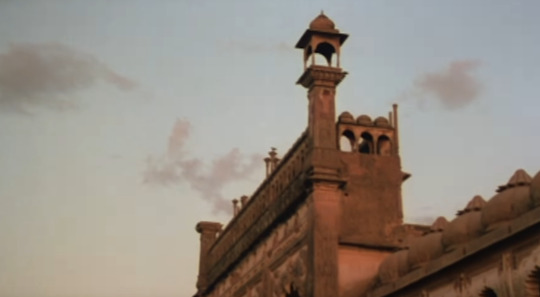
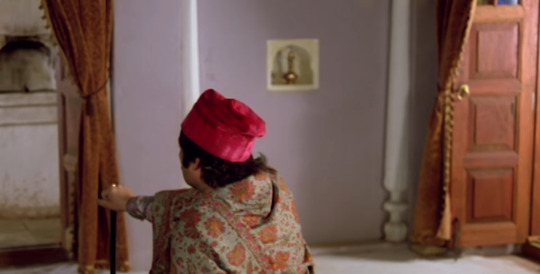
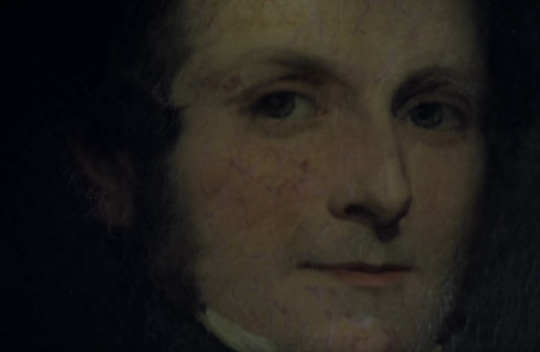

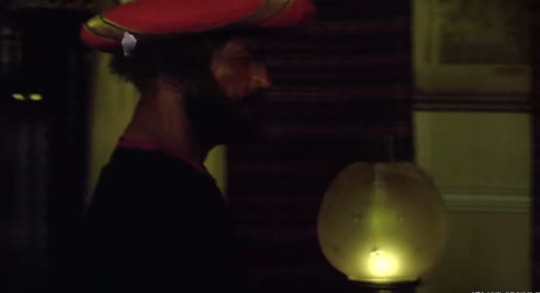



The Chess Players/Shatranj Ke Khilari (1977, Satyajit Ray).
#The Chess Players#Shatranj Ke Khilari#movies#Satyajit Ray#indian cinema#first thing by this director i've seen!
16 notes
·
View notes
Text
More books should start with an introductory Bragging Sonnet, actually (from the autobiography of Benvenuto Cellini)
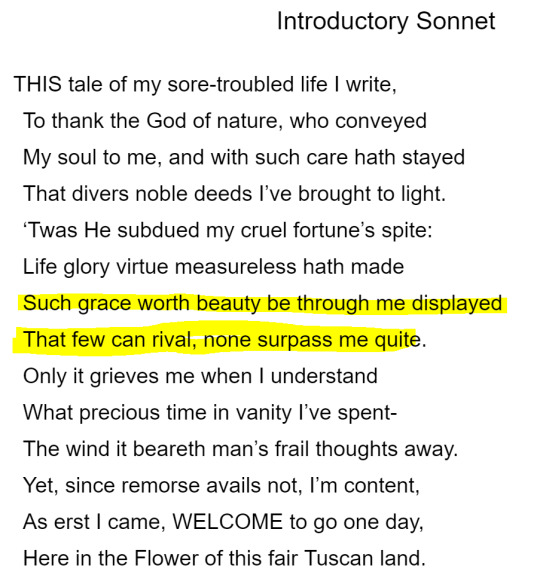
0 notes
Text
But I am a blasted tree; the bolt has entered my soul; and I felt then that I should survive to exhibit what I shall soon cease to be—a miserable spectacle of wrecked humanity, pitiable to others and intolerable to myself.
Frankenstein, Mary Shelley.
0 notes
Text
I often desired his entire absence; for I found that I was grown out of the ways of life and that by long seclusion, although I could support my accustomed grief, and drink the bitter daily draught with some degree of patience, yet I had become unfit for the slightest novelty of feeling. Expectation, and hopes, and affection were all too much for me. I knew this, but at other times I was unreasonable and laid the blame upon him, who was most blameless, and peevishly thought that if his gentle soul were more gentle, if his intense sympathy were more intense, he could drive the fiend from my soul and make me more human.
I am, I thought, a tragedy; a character that he comes to see act: now and then he gives me my cue that I may make a speech more to his purpose: perhaps he is already planning a poem in which I am to figure. I am a farce and play to him, but to me this is all dreary reality: he takes all the profit and I bear all the burden.
Mathilda, Mary Shelley.
0 notes
Text
'The rain had ceased; there was no more thunder and lightning; the wind had paused. My heart no longer beat wildly; I did not feel any fever: but I was chilled; my knees sunk under me—I almost slept as I walked with excess of weariness; every limb trembled. I was silent: all was silent except the roaring of the sea which became louder and more dreadful. Yet we advanced slowly: sometimes I thought that we should never arrive; that the sound of waves would still allure us, and that we should walk on for ever and ever: field succeeding field, never would our weary journey cease, nor night nor day; but still we should hear the dashing of the sea, and to all this there would be no end.
Wild beyond the imagination of the happy are the thoughts bred by misery and despair.'
Mathilda, Mary Shelley.
2 notes
·
View notes
Text
vimeo
Odilon Redon or The Eye Like a Strange Balloon Mounts Towards Infinity (5 minute short, Guy Maddin 1995).
This was such a beautiful dreamlike little film; like a glimpse into the strange world Odilon Redon created in his lithographs. I enjoyed more than the two full length films of his I've seen so far; his imagery seems so much stronger to me than his narrative or dialogue, and it really is perfect for things like these. I'm hardly through all of his movies though-- I might be surprised yet!
Either way this is really charming-- and on vimeo!
0 notes
Text
Death is so dreadful to the living; the chains of habit are so strong even when affection does not link them that the heart must be agonized when they break.
Mathilda, Mary Shelley.
7 notes
·
View notes

